


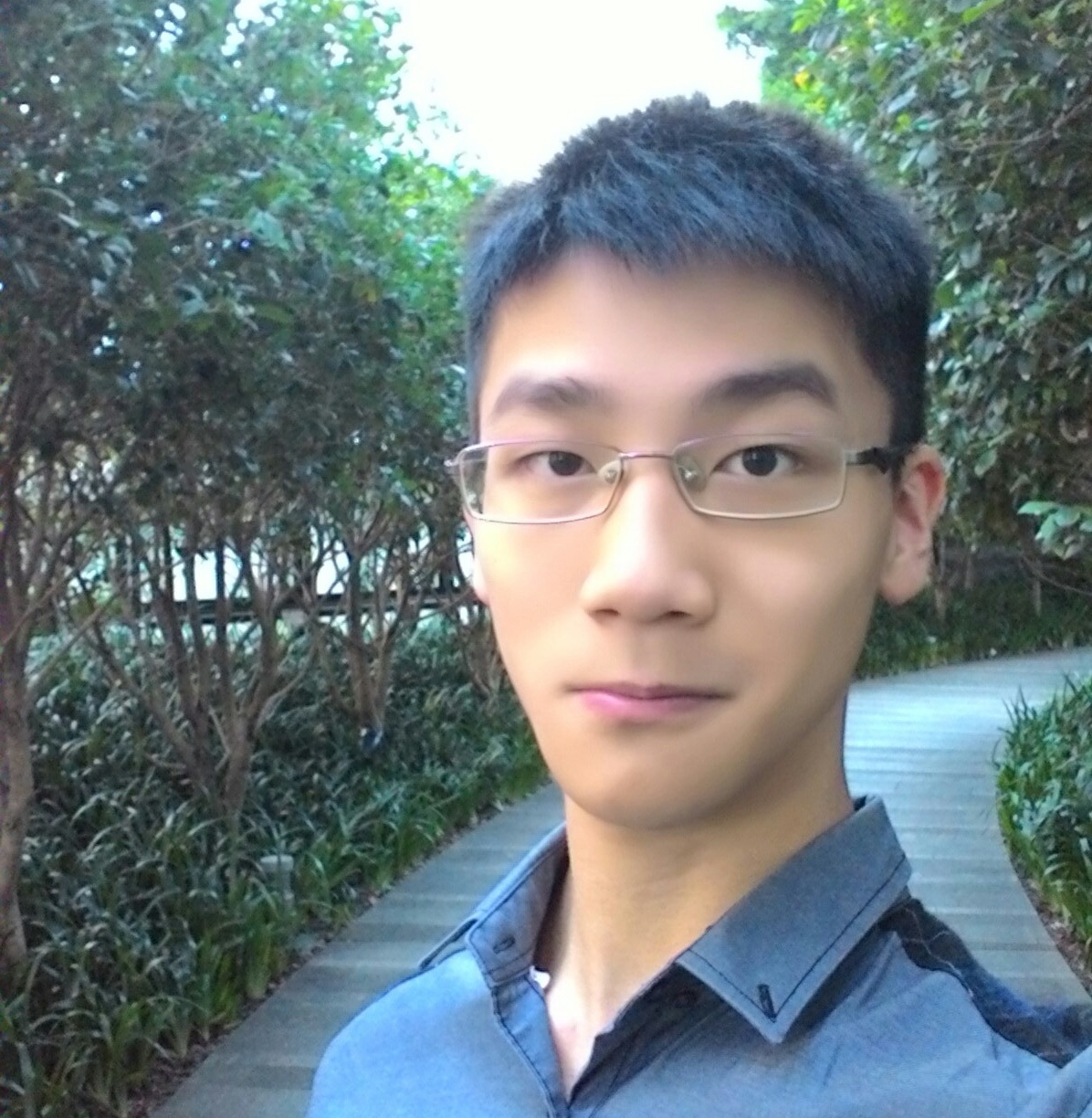
Though the three-day trip to Guangzhou may seem short at first glance, its fully-packed itinerary actually has a lot to offer. In fact, one may even liken this trip to a time machine: we travelled through ancient Chinese history as we unraveled traditional ancestral and religious values at Nansha rural areas; we learned about the collaborative efforts of modern scholars towards the environment at University City; we caught a glimpse of the future brought by nuclear energy, a potential relief from global warming, at Daya Bay Nuclear Station. For a Year 1 student like me, the trip was such an eye-opener to the vast world of environmental management and a precious opportunity to reflect.
On the first day, we travelled to Furniture City and University City, where we experienced the Chinese government’s urban planning strategy – to centralize similar infrastructure – for creating synergetic benefits. For example, universities are grouped in a cluster to allow effective communication and exchange between scholars of different fields. We also visited the Republic of China Military Academy to understand the history behind the Chinese Nationalist and Communist parties.
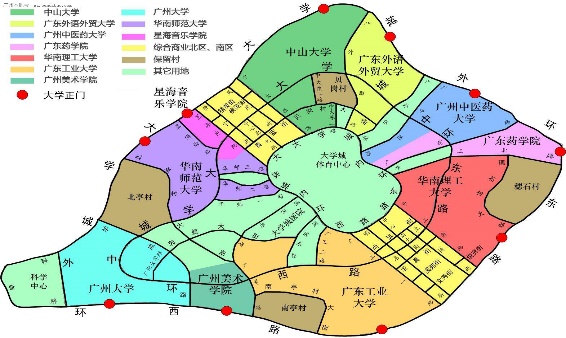
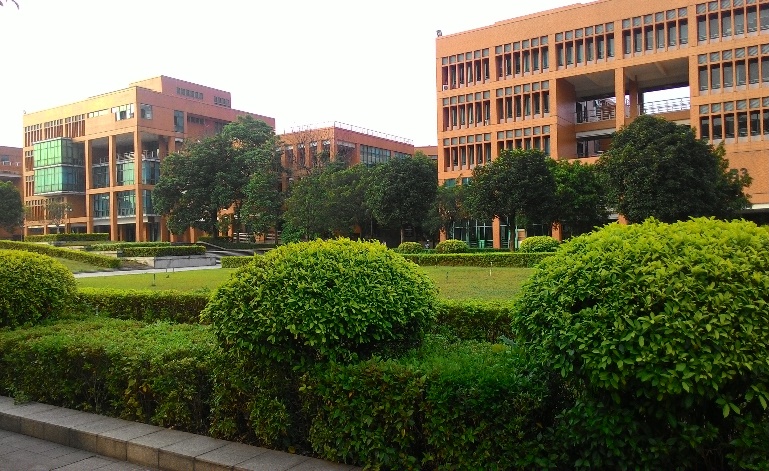

On the next day, following an informative lecture on patriarchal and agricultural traditions, we took off to numerous rural sites, including Sansheng Palace, Nineteenth Water Channel and Tianhou Temple, just to name a few, to experience the local culture in person. I was especially amazed by the increasingly popular eco-tourism as in Dongchong Shuixiang, showing how much the Chinese government values the environment.


Last but not least, we had the privilege of visiting the Daya Bay Nuclear Plant, which, in my opinion, was the most intriguing part of the trip.
As a high school student in the past, I thought I had the full picture of nuclear power through school lessons and news reports. I had a strong opposing stance against nuclear energy, perhaps mainly built upon the Fukushima tragedy in 2011, despite nuclear plant’s low pollution levels and high energy efficiency. Not until I had visited Daya Bay, that I discovered how restricted my knowledge was.
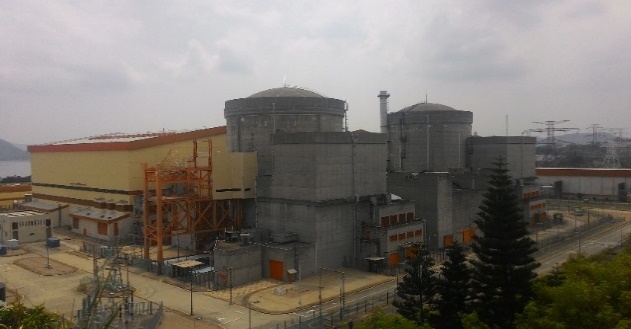
During the visit, what surprised me most was the precision and thoroughness of management procedures in term of risks, wastes, and human resources.
Concerning risks, the power plant’s management on safety issues dates back to the 1980s, before the plant was even built. The plant was designed to be equipped with pressurized water reactors, which seals the radioactive substances from leakage with three barriers. Daya Bay was selected as a site for the plant for its seismological stability and its position as a natural tsunami barrier from the Pearl River Delta. The lack of these two features at the Fukushima plant were some of the major factors leading to the notorious accident in 2011. In fact, after the tragedy, Chinese analysts took reference from Japanese nuclear models to further improve the preventive measures at Daya Bay, including the adoption of waterproof materials. Nonetheless, detailed contingency plans, including evacuation of local residents and international notification, are also in place in case of a serious accident.
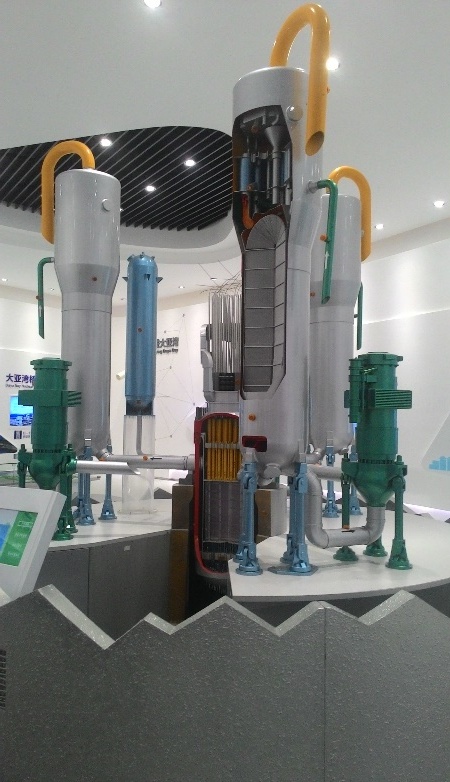
Nuclear power is a non-renewable source, utilizing uranium for electricity generation. As a result, highly radioactive wastes are created in this process. Such wastes are stored in durable containment modules and transported to some of the least populated areas in northwest China for permanent storage deep underground. This minimizes radiation exposure to the public.
Operators of the plant are required to take on-going and extensive training before and during their employment at the power plant. They also need to repeat examinations every two years to retain their licenses, which ensures they have a fresh memory and qualified capabilities in order to operate the nuclear plant in a proper and safe manner.
Such comprehensive management schemes adopted at the Daya Bay Nuclear Plant, ranging from software to hardware, show how competent the plant is in safely delivering electricity for our daily needs.
Nevertheless, nuclear power should not be hailed as the holy grail for solving global warming or the energy crisis. For one, uranium, the fuel for nuclear power, is a non-renewable fuel source. Despite its currently abundant reserve, it is going to run out eventually, accelerated by the growing energy trend in nuclear plant construction and energy demands worldwide. To add on, the current method in disposing of nuclear waste is not exactly sophisticated. Such hazardous wastes have long half-lives and remain radioactive for a long time, and could still pose dangerous threats if accidents were to happen at the containment facilities.
Currently, most power stations in Hong Kong utilize highly polluting fuel sources for electricity generation, most notably coal and natural gas, which emit large amounts of greenhouse gases to the atmosphere. If nuclear power plants were to replace the current stations, the amount of emission, including gases and particulates would be significantly reduced. This will allow air quality in Hong Kong, especially in Tuen Mun and Lamma Island, where power stations are currently located, to greatly improve.
The trip to the Pearl River Delta was an incredibly fruitful and informative one. It was fulfilling to experience the local Chinese culture in Guangzhou, both of the present and the past. I also felt very privileged to be able to be lectured on nuclear power at Daya Bay Nuclear Plant. I would really like to thank the Division of Environment for organizing this study trip and Prof. Alexis Lau and Dr. NT Lau for guiding and teaching us throughout the trip.